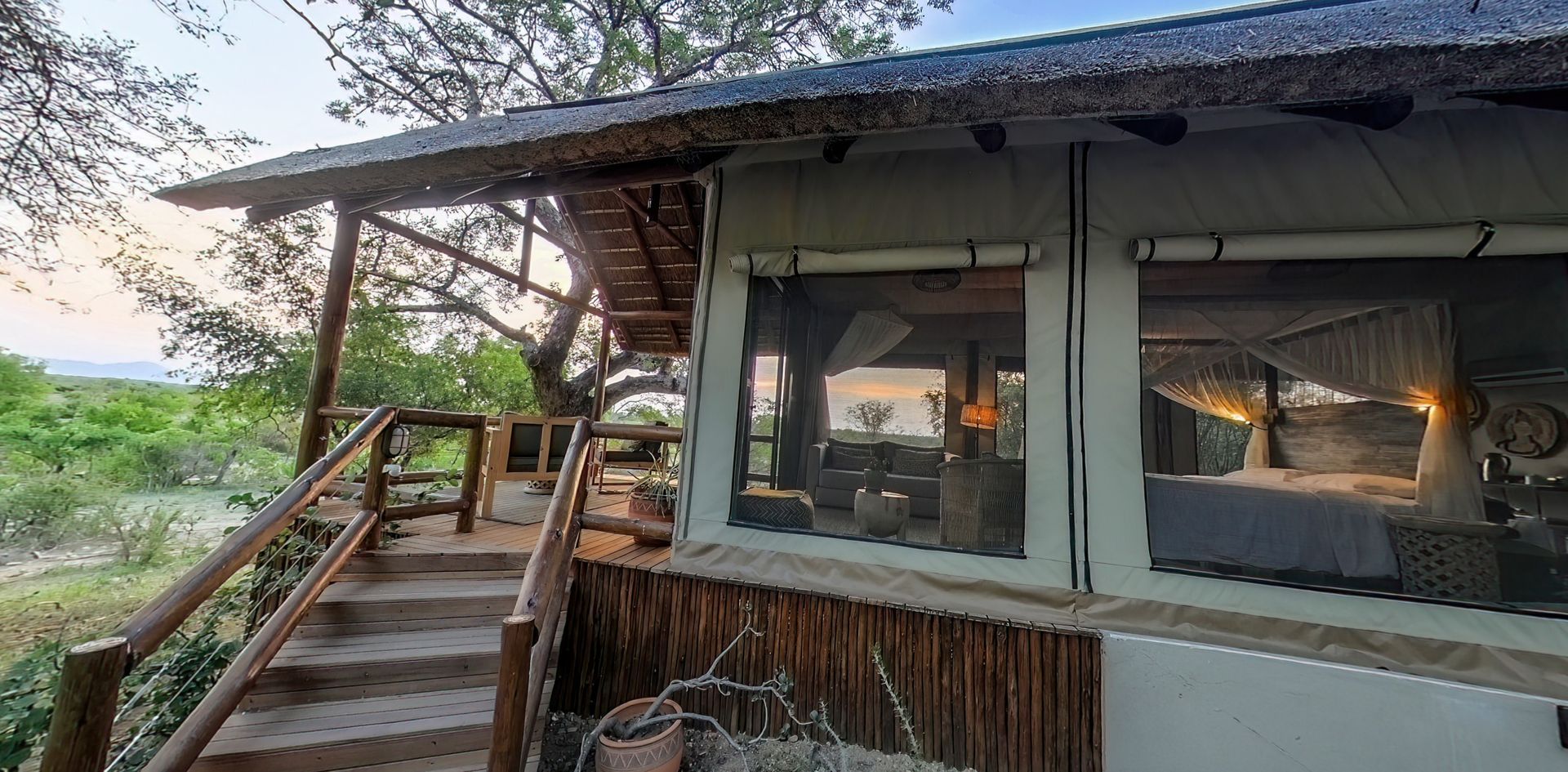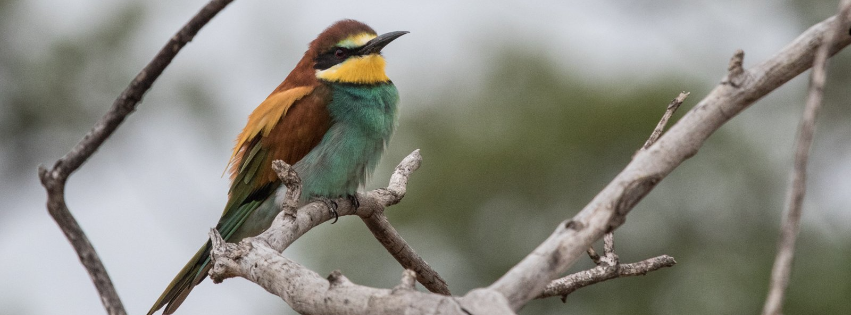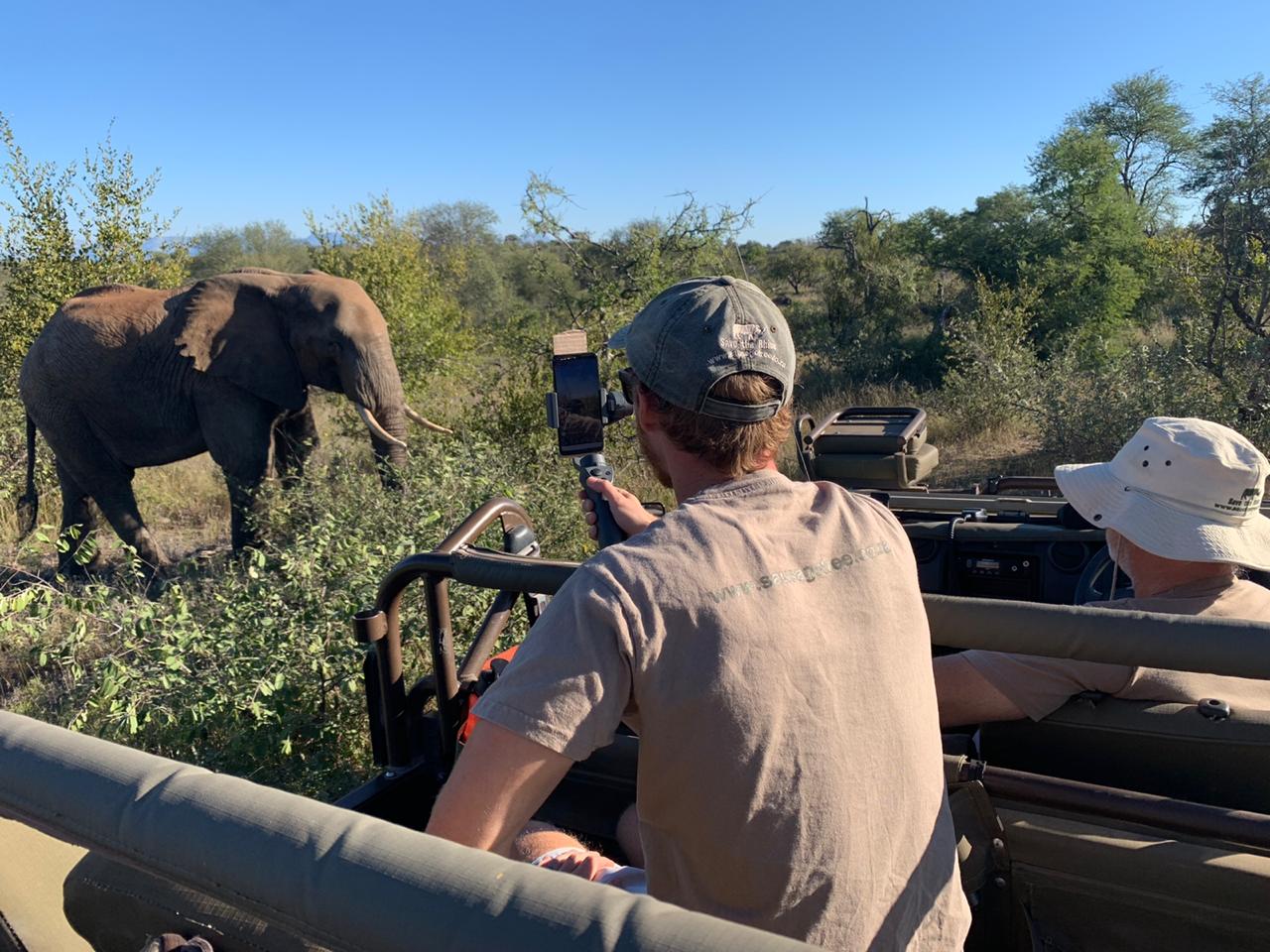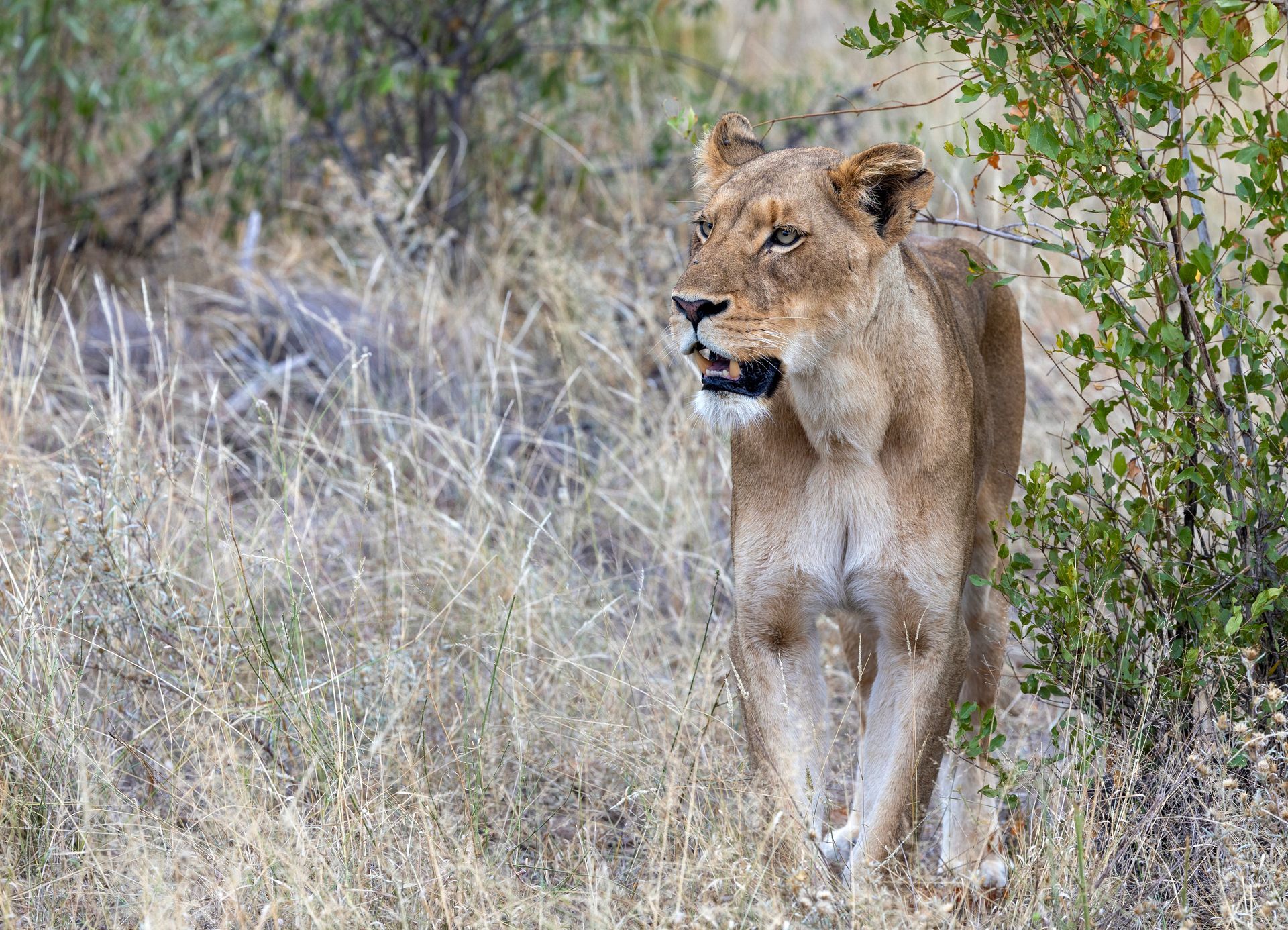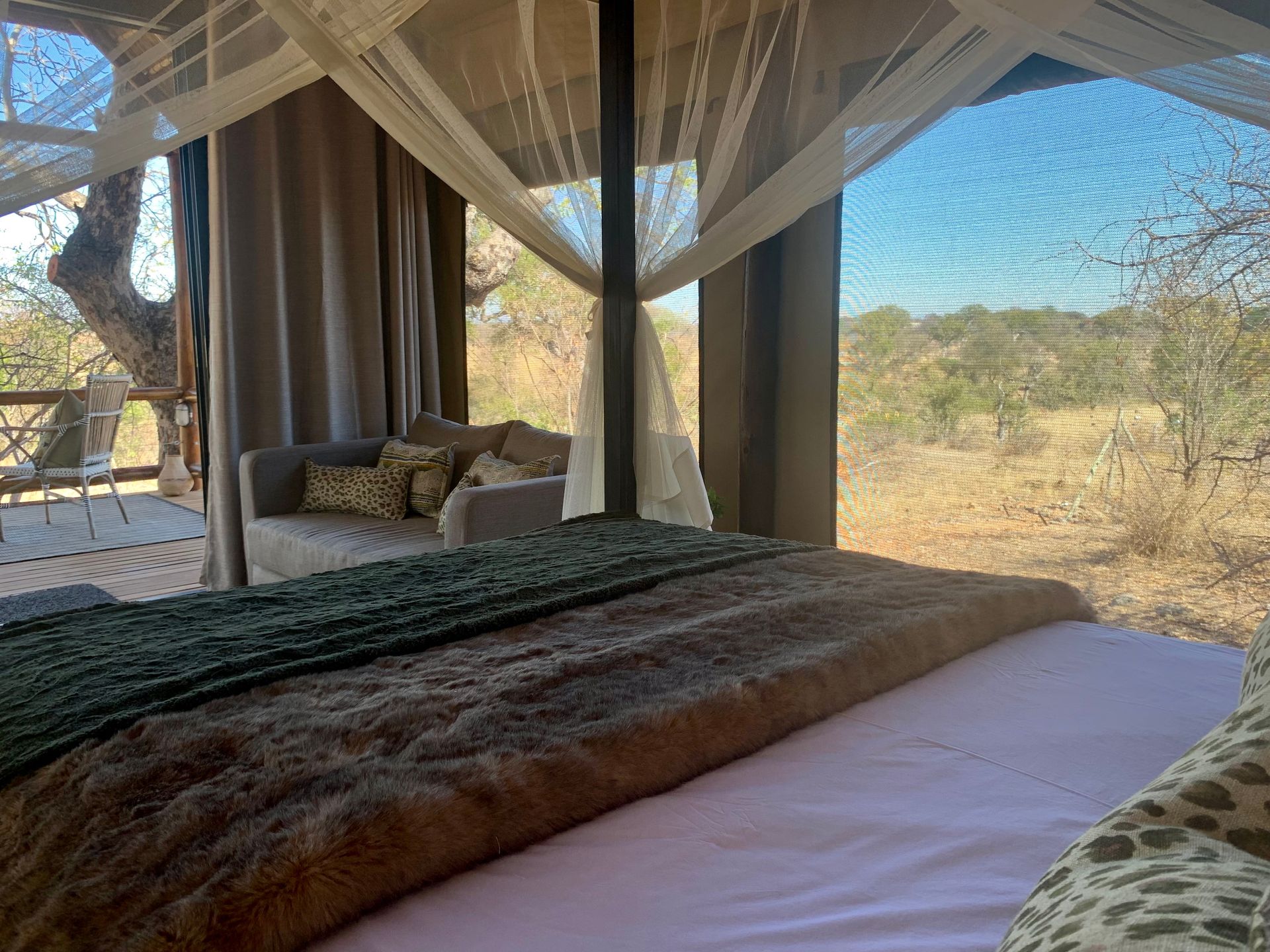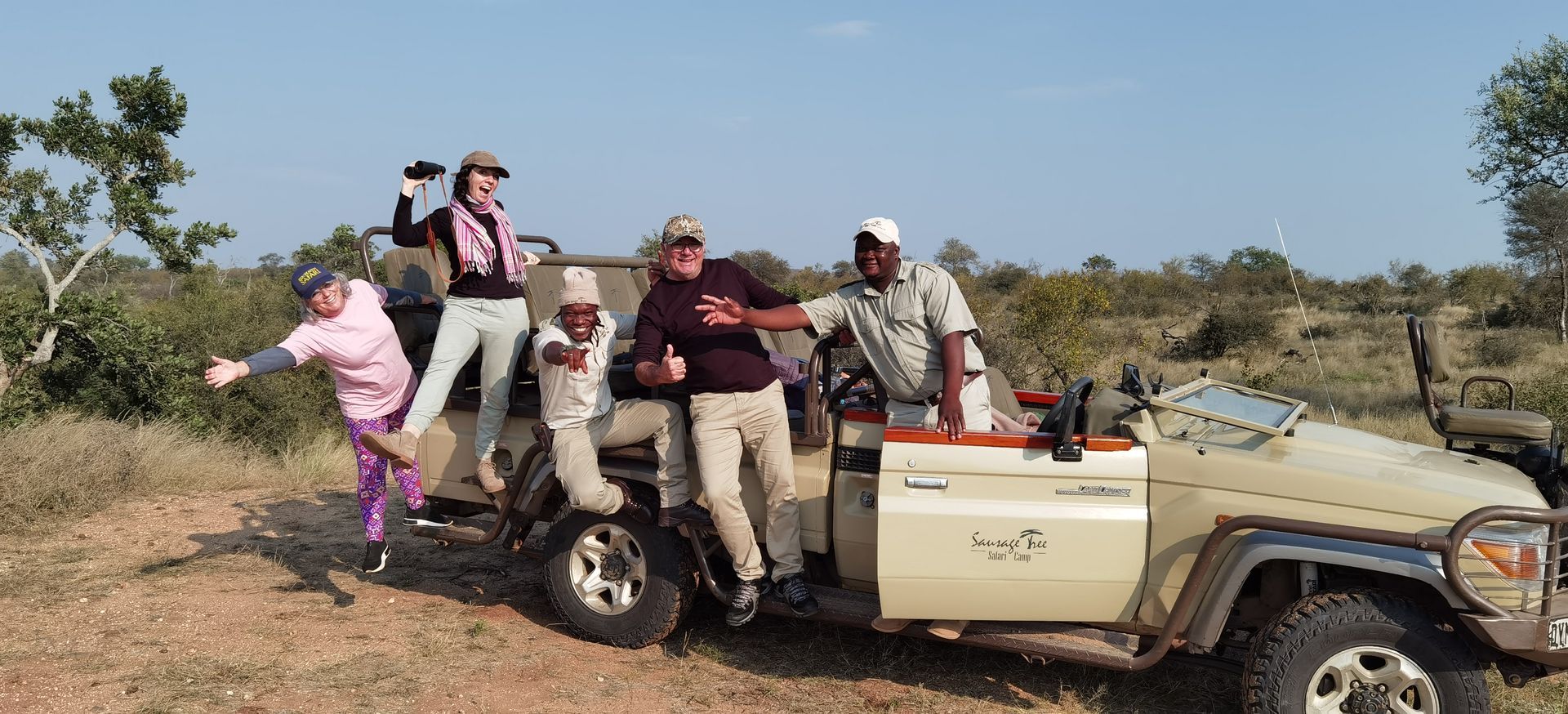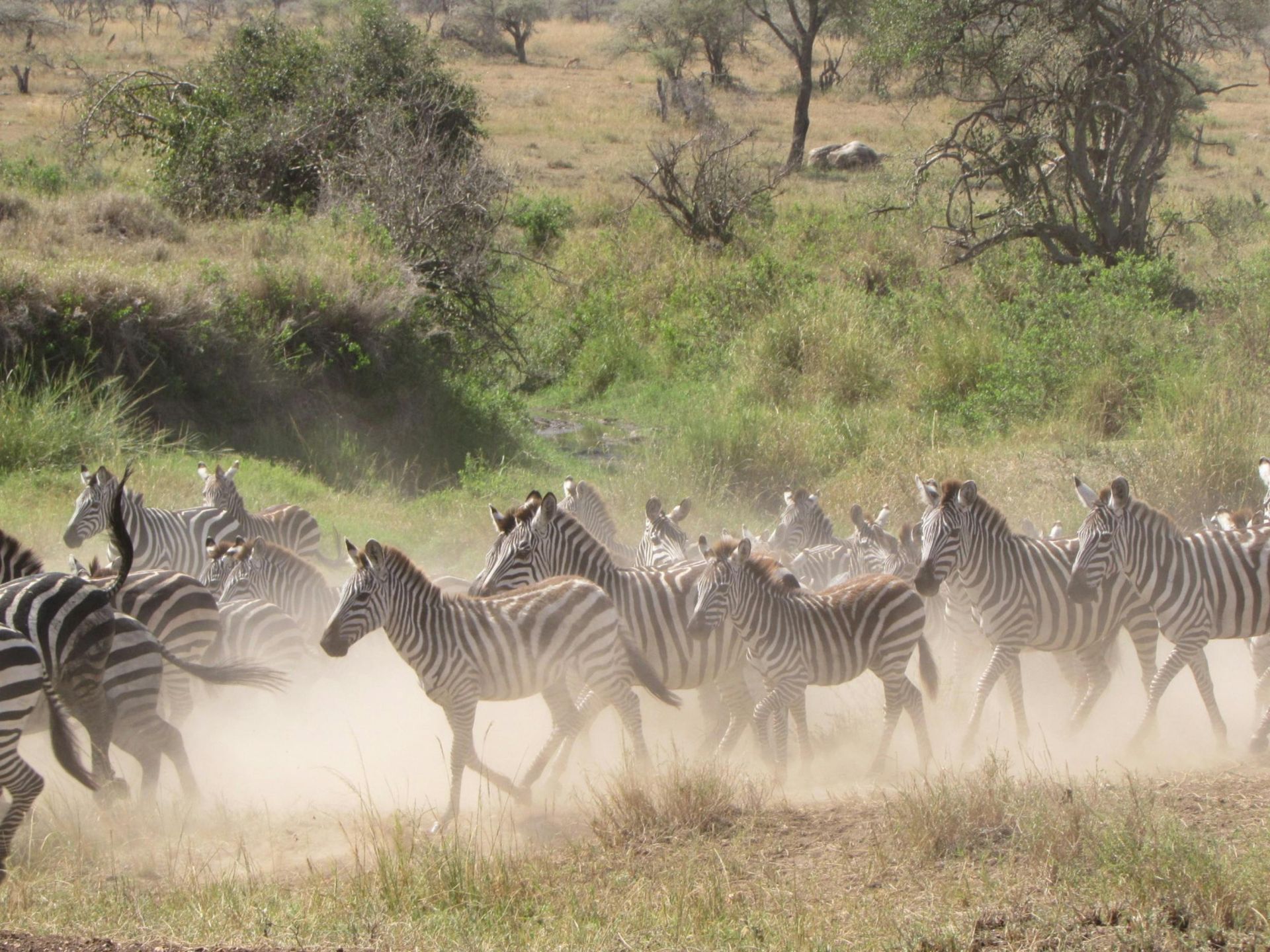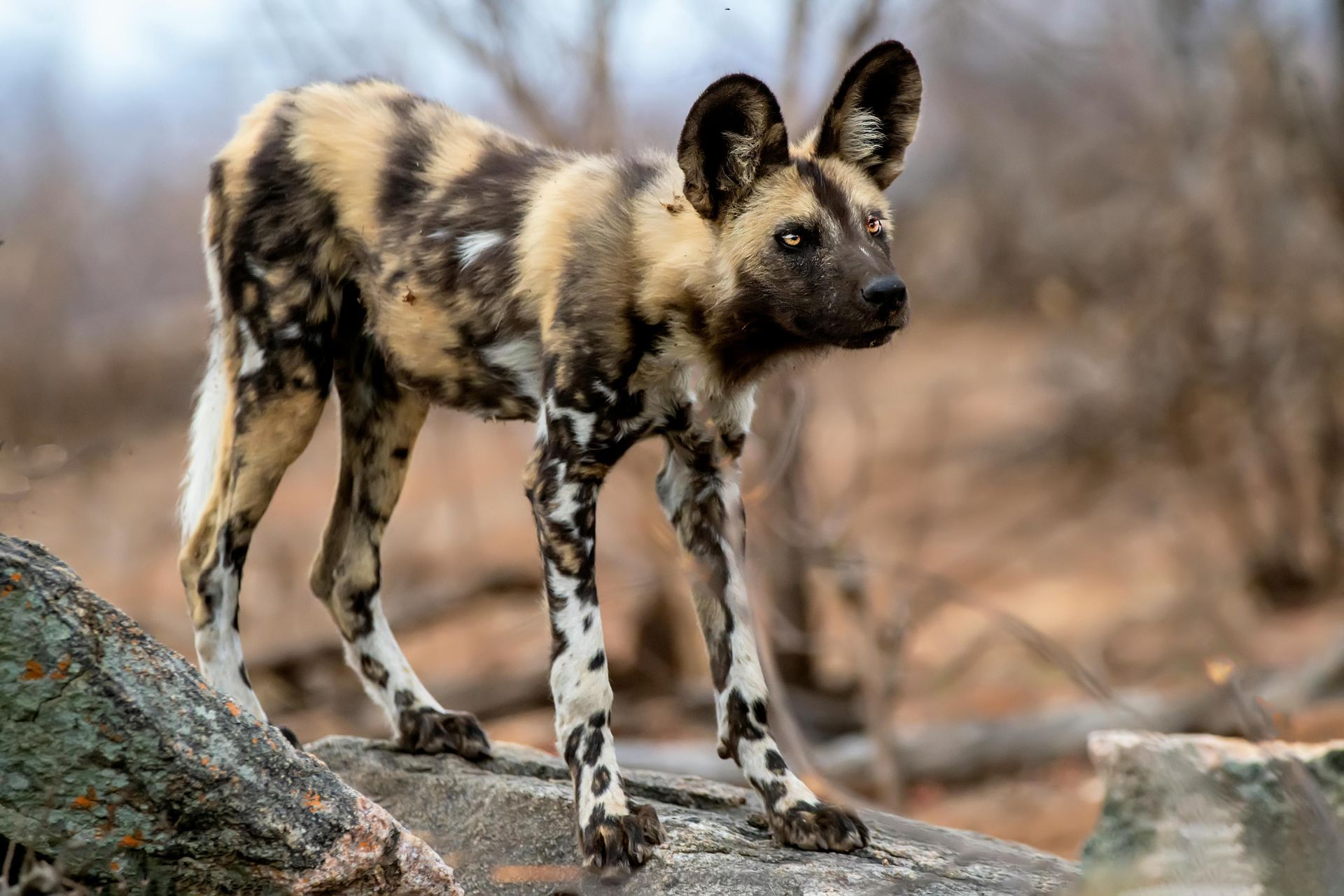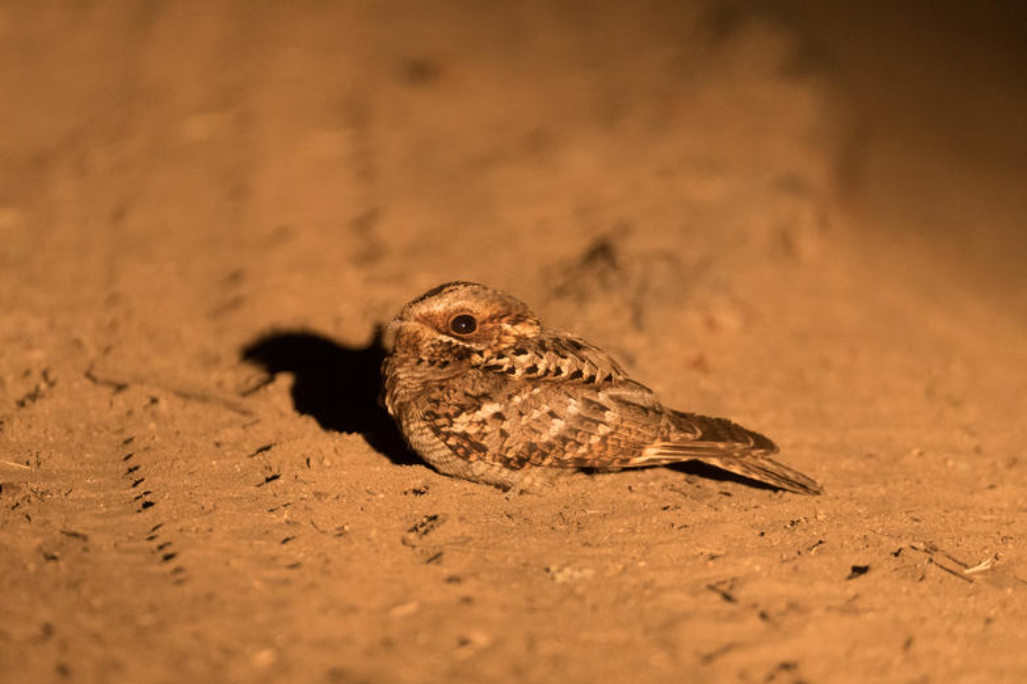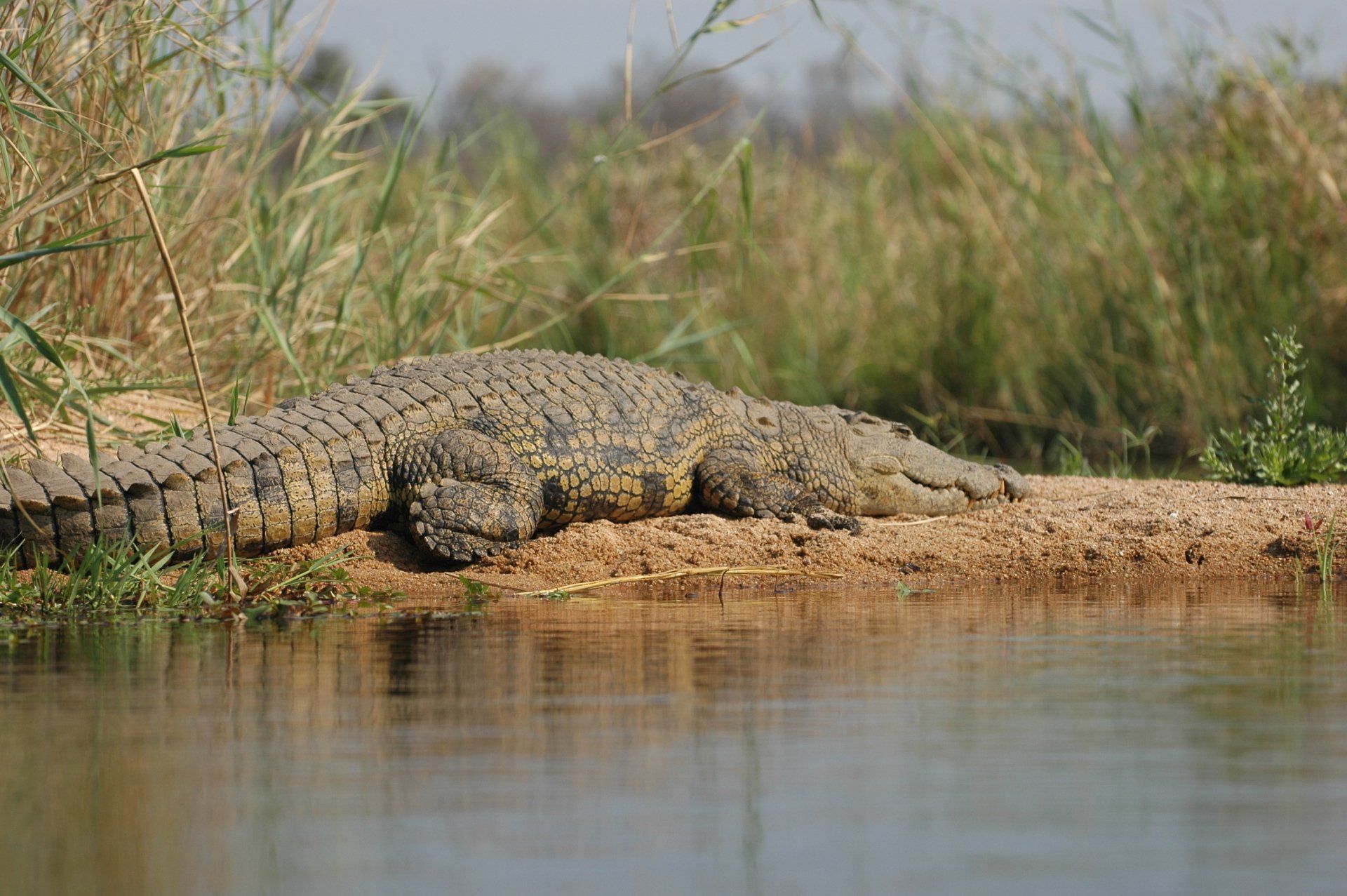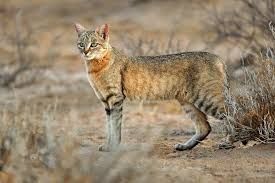Migratory Birds
Migratory Birds
The months of December and January are the peak arrival time of migratory bird species for us here in Olifants West Nature Reserve, Balule.
According to the stats , more than 100 migratory species have been recorded in Southern Africa of which 44 Palaearctic species (from Europe, Asia, North Africa, and the Northern and central parts of the Arabian Peninsula) and 35 Intra-African species have been recorded in South Africa.
The whole phenomenon of bird migration is the subject of much study and is not necessarily fully understood but is certainly motivated by the drivers of feeding and breeding success. Primary physiological for migration is considered to be change in day length resulting in hormonal change increasing the rate of fat deposition and control of sleep.
Additionally the feathers generally undergo considerable wear and tear that necessitates moulting to restore their trim prior to migration.
Navigation is based on a variety of sensory inputs: sun compass, magnetic field detection via receptors within the bill area, sight interpretation of visual landmarks.
The survival of migratory bird species depends not only on the integrity of their breeding and wintering sites but also the safeguarding of their watering and feeding pit stops on route.
Climate change affects timing of migrations and breeding , as well as population size and range expansion and contraction.
Why do so many species migrate to Southern Africa? Simply because our summer rains produce an abundance of food ie termites, locusts, beetles etc….
One of the first arrivals to our area is the Yellow Billed Kite which can be as early as August and you are just as likely to see it as you drive along the R40 as in our reserve.
A notable and intensely audible arrival is that of the Woodland Kingfisher and when you hear its call for the first time it is said that this heralds the real start of summer.
European Rollers , European Bee Eaters, Pygmy Kingfishers are just some of the migratory species that add even more resplendent colours to the already rich palette of our resident bird species.
My personal favourite is the later arrival , around now , of the Amur Falcons. Gregarious during their wintering session here , they will suddenly appear in their numbers having made an incredible two month journey from as far afield as North East China. A journey of 15,000 kilometres! They will leave in April via Zimbabwe, Mozambique,, Zambia, Malawi and Kenya apparently stopping in Somalia to not only build up more fat deposits but also to catch the strong winds to help them across the the Arabian Sea , a leg of about 3,000 kms. A non stop flight of about 60 hours.
Their population has been impacted heavily by the hunting of them for food in the Indian Nagaland. Fortunately, the population is in recovery, thanks to the efforts of Indian Wildlife having banned this practice as of 2012.
(Images courtesy of Derek Solomon)
